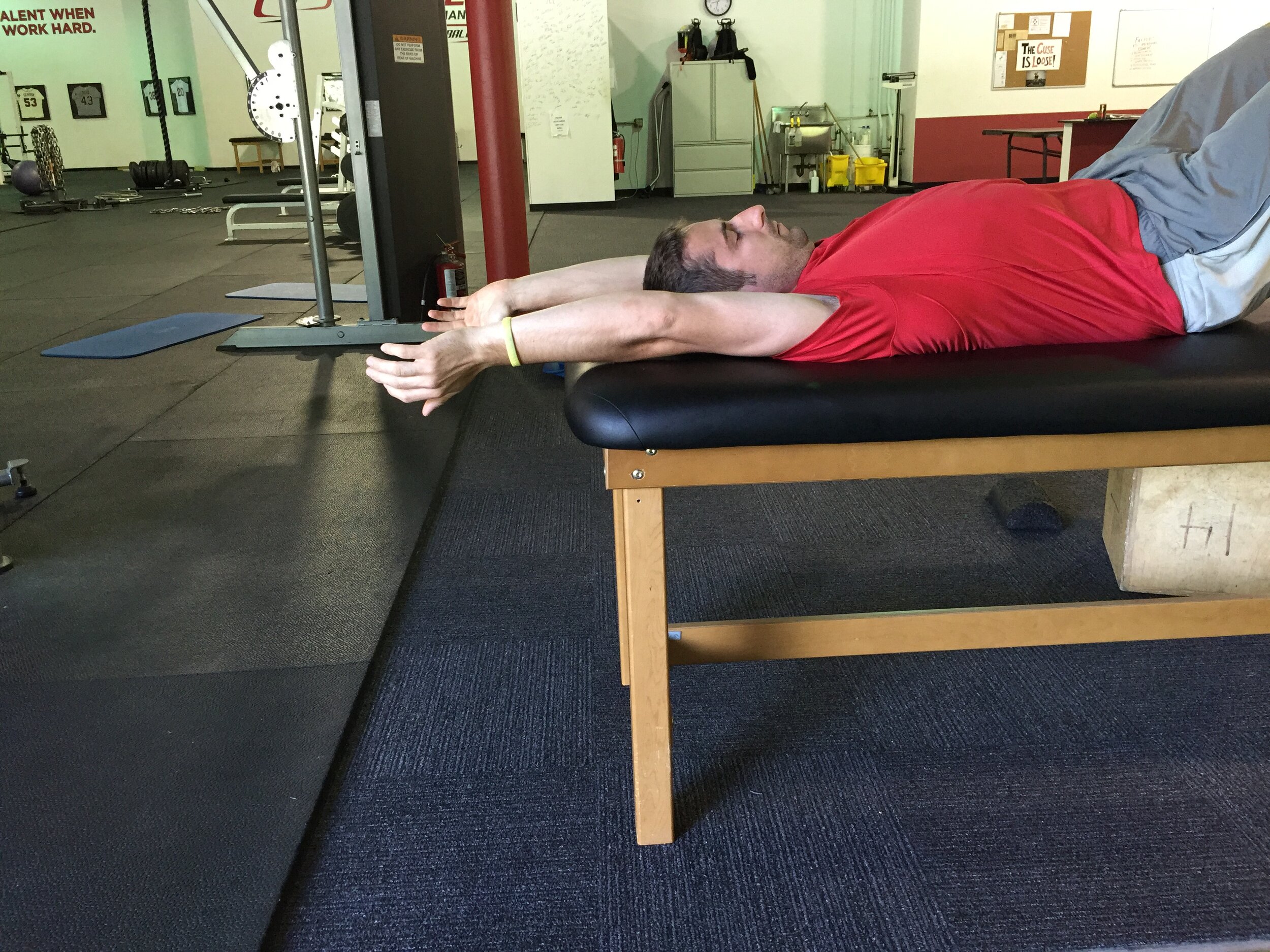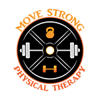Painful Pull-Ups? Do This to Feel Great and Perform Better.
The pull-up, chin-up, or other variations are great options to improve overhead strength and shoulder stability. The pull-up can be painful for some people due to limited mobility, shoulder stability, exercise technique, etc. You may feel shoulder, tricep, bicep, elbow or forearm pain or soreness when doing pull-ups.
When we work with athletes at Cressey Sports Performance in Hudson, MA, anytime someone presents with pain during a movement, we want to make sure we assess various areas such as the shoulder, elbow, etc.
If You're Experiencing Pain While Doing Pull-ups, Try This.
One quick and easy test to see if you have sufficient mobility to perform a pull-up is to see if you can bring your arms comfortably overhead.

Key Points:
-
Make sure the low back stays flat on the ground.
-
Don’t bend elbows, keep arms straight.
-
2nd finger should comfortably touch the ground. Don’t force your arms down.
Exercises & Drills for Painful Pull-ups
If you cannot get your arms comfortably overhead, as shown in the picture above, try performing the following drills:
- Self Myofascial Release Latissimus Dorsi
- Self Myofascial Release Triceps
- Self Myofascial Release Posterior Rotator Cuff
- Self Myofascial Release Pectoralis Group
Self Myofascial Release Latissimus Dorsi
Self Myofascial Release Triceps
Self Myofascial Release Posterior Rotator Cuff
Try those techniques with a foam roller or lacrosse ball to help improve your overhead mobility.
If you have full mobility overhead and are still dealing with painful pull-ups, then your body may need to work to get stronger in the various positions of a pull-up.
When we work with our clients and athletes, we don’t go straight into performing pull-ups. We want athletes to gradually increase the stress on their arms and body to the demands of a pull-up so that they build up a tolerance to those stresses and, in turn, become stronger.
Pull-up Progressions
We start with our pull-up progression in various positions, starting with Position 1.
Position 1
Position 2
Position 3
Position 4
Position 5
The various positions 1-5 listed above are a gradual progression from the end position of a pull-up or chin-up to the starting position at the bottom. We like our clients and athletes to keep their knees at or above their hips as this places their ribcage/trunk in a good position and optimizes the performance of the shoulder and arm.
We sometimes have a client place a towel roll between their knees to help maintain this position. Each position will gradually stress the athlete and help their body adapt to the demands of each position.
We instruct the athlete to maintain some tension between the shoulder blades, halfway between fully squeezed together and no tension at all.
Typically, we will have athletes hold these positions for 5 reps x 5 second hold x 3 sets in their training sessions or workouts. We will also program Positions 1 and 2 for approximately 2 weeks, then positions 3 and 4 for 2 weeks, and then position 5 combined with TRX or Ring Assisted Pull-Ups.
TRX Assisted Pull-Ups
Key Points:
-
Ensure straps are short enough so the athlete’s arms are fully overhead when sitting on the ground.
-
Position yourself directly underneath the handles or rings.
The TRX assisted or Ring Assisted Pull-Up is a great progression from the progression series because it allows for some vertical pulling, but not one’s entire body weight. It allows the legs to be unweighted, and the athlete pulls the weight of their arms and trunk.
Once an athlete or client has gone through the progression listed above, then we will advise the athlete to trial a pull-up or chin-up. We want the client to maintain a good trunk position, as we stated previously, and avoid arching the back when pulling to the bar.
Closing Out: Painful Pull-ups
If you are dealing with pain during pull-ups - particularly in the forearms, shoulders, biceps, triceps, elbows - try giving these progressions a try.
If you have been dealing with a shoulder injury or any other type of injury, are you going to try and work through it during pull-ups and hope it gets better, OR are you going to do something about it?
Take that first step and click HERE to get started on getting out of pain and back to training and working out pain-free!
Tags:

May 6, 2020


